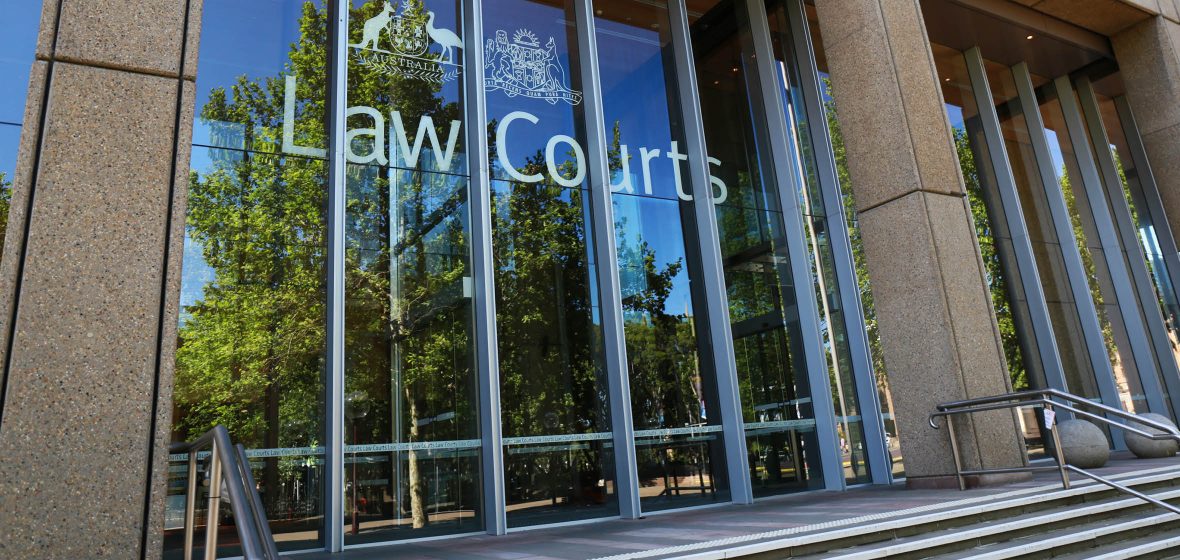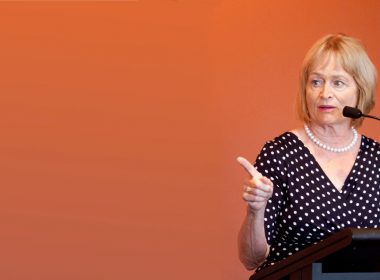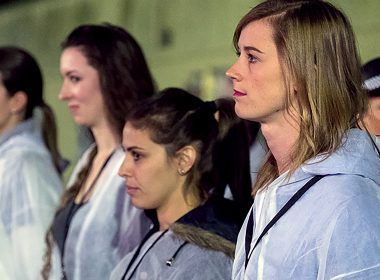Annual data from Corrective Services NSW shows that use of video links for prisoners in NSW courts rose by more than 400 per cent between 2002 and 2014. More than half of all NSW court appearances are now held by video link. Despite the NSW Department of Justice citing video conferencing as a safer and more efficient option for inmates, staff and the community, the increased reliance on video links hinders the ability of prisoners to have confidential talks with lawyers.
Communication technologies are radically transforming the legal profession as well as practice and procedure. For many criminal proceedings, NSW has reversed the traditional presumption in favour of a prisoner’s physical presence in court to a presumption in favour of appearance by audio visual link (AVL).
Legislation has caused a major conceptual shift from the physical presence of prisoners in the courtroom to a system in which jailed defendants appear on a courtroom screen, transmitted live from a prison video studio. According to the 2014-15 Department of Justice annual report, more than 63 per cent of court hearings used AVL.
Arguments for the continuing expansion of AVL are expressed in a variety of sources, including the technology vendors’ literature, government media releases and Hansard. For instance, in 2007 John Hatzistergos (then NSW Attorney-General and Minister for Justice) told Parliament that the benefits of AVL included:
- “significantly improved access to court services, especially for regional and remote court users;
- matters being dealt with by the court more expeditiously and efficiently;
- improved court security and safety;
- reduced witness costs; and
- a decrease in the need for accused detainees to be transported in the caged environment of a prison van, sometimes over vast distances, for brief court appearances, and a concomitant reduction in prisoner transportation costs.”




